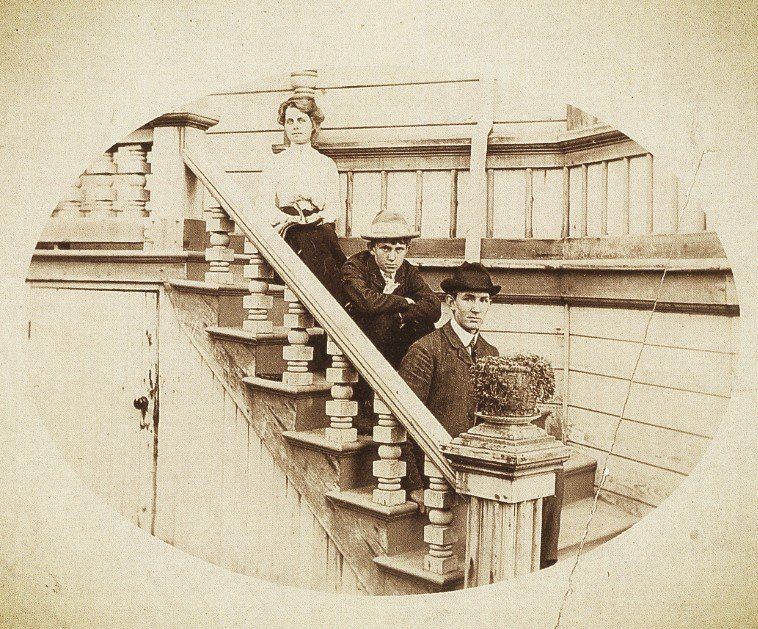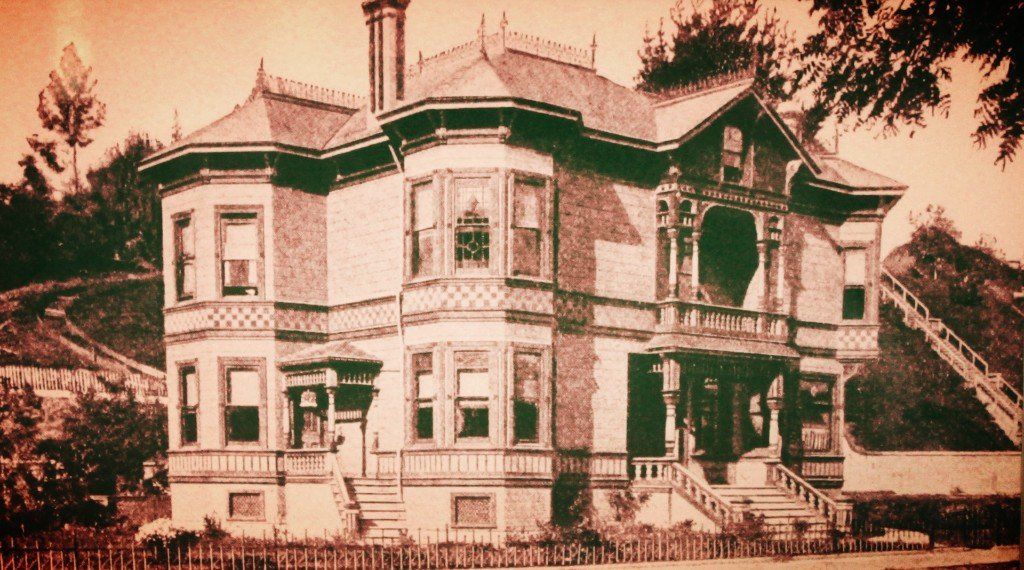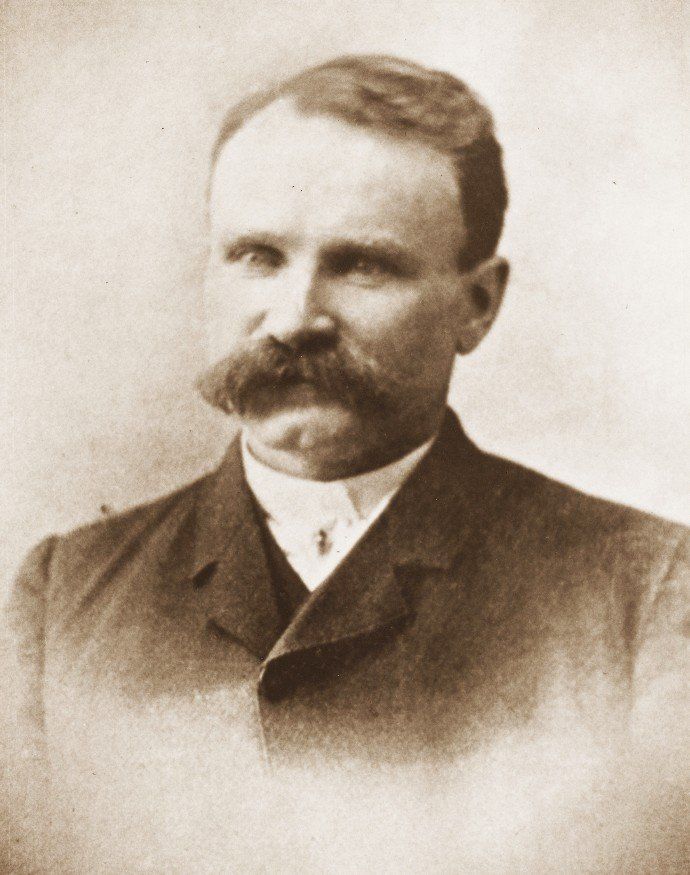Email
Us for Availability
History
HINDS HOUSE
History.
1888 to Today.
The Hinds House was built in 1888 and 1889 by Colonel Alfred J. Hinds and his wife Sarah. Hinds was a shopkeeper in downtown Santa Cruz and later became a real estate developer. He hired the architect John H. Williams to design his grand Stick Eastlake Victorian home. Williams was a well known Santa Cruz architect who designed over 60 local buildings between 1876 and 1892 including the Branciforte School building which is still in use today.
Williams combined the spindle work of the Eastlake style with classical and colonial revival style on the home's central alcove entrance and soaring second floor gabled porch.
The interior finishes are a display of carved and turned redwood, cedar, sycamore, oak and pine. Notable interior features are cathedral and tinted stained glass and lincrusta wall coverings. The three fireplace hearths are embellished with fine art tiles created for the home by J. & G. Low of Charleston, Massachusetts. The sitting room hearth tiles reflect the sun's travel through cattails from day to night.
A.J. Hinds was a civic leader in his day and his life epitomizes the pioneer spirit of the times. In 1876 a diphtheria epidemic swept Santa Cruz and Alfred and Sarah lost their four children. In 1878 the two began a second family and eventually had five children. Four of these children survived.
In the 1890's the home was fitted with one of the first electric lights in Santa Cruz. Electricity for the fixture came down the coast from Fred Swanton's new power plant 15 miles north of Santa Cruz in Davenport. The fixture was installed at the base of the grand stairway where it continues to burn today.
Hinds continued in real estate and commercial interests while involving himself in community activities. He was the secretary of the First Congregational Church and a Trustee of the young Santa Cruz Public Library. Alfred Hinds died in 1921 at age 76. The children and grandchildren gradually moved away from Santa Cruz and the home went vacant. In 1930 two women school teachers purchased the Hinds House and rented out rooms to lodgers until 1960.
The home served as a rooming house for two more owners between 1960 and 1980. During this period the interiors were modified and the sitting room and parlor on the first floor were renovated as apartments. In 1981 the Hinds House was restored and began its new life as an extended stay inn.
In 1982 the restoration was recognized by the Santa Cruz Historical Society who designated the building a historic landmark. One year later the home was placed on the National Register of Historic Places by the U.S. Department of Interior.
Since 1982, the Hinds House has been operated as a historic inn for business travelers, visiting faculty at UCSC, and those relocating to Santa Cruz.
Today the Hinds House serves us as the best surviving example of William's Stick Eastlake style buildings and is the largest surviving Stick Eastlake home in Santa Cruz County.
Hinds House529 Chestnut St.Santa Cruz, CA 95060(831)423-0423
gmailcom


